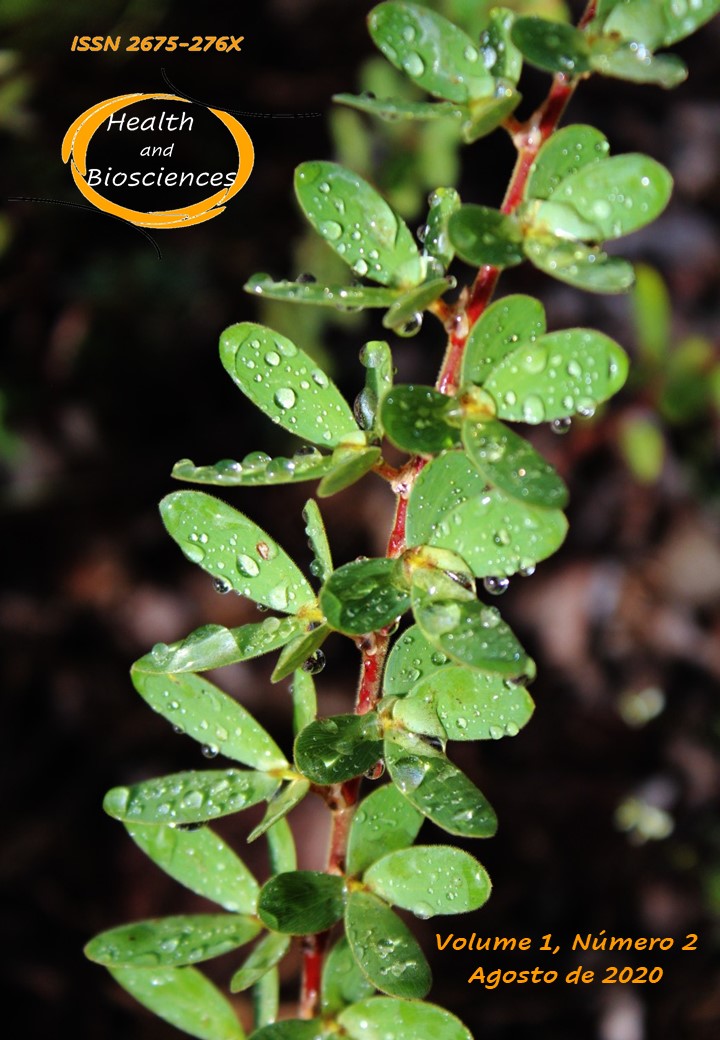The Distribution and Analysis of Spatial Autocorrelation of Fruit Fly on Red Chili Cultivation in Cirebon, West Java, Indonesia
DOI:
https://doi.org/10.47456/hb.v1i2.31369Palavras-chave:
Bactrocera sp. , Dispersion Index, Moran Index, Spatial Autocorrelation, Dispersion PatternResumo
The information of fruit fly spatial distribution and its correlation with the environment is a key to their population control including sampling and an effective analysis procedure as a basis for population estimation. This study aims to analyze spatial dispersion and autocorrelation of fruit fly on red chili cultivation in Cirebon. The distribution of fruit fly from attractant Metil Eugenol trap and cue lure analyzed by using various dispersion index and regression models namely: ratio (s2/x), Elliot value, Llyod index, Green coefficient, Morisita dispersion index, k dispersion parameter, Iwao regression analysis, and Taylor regression analysis. The analysis result of various dispersion index and regression models such as ratio value (s2/x) > 1, value >1, value x*>1, coefficient GI> 0-1, and value (1/k)>0 shows that fruit fly population at both locations have clumped dispersion pattern. This is supported by the result of Taylor and Iwao regression analysis with slope value > 1 showing clumped dispersion pattern. Further analysis for fruit fly use Morisita dispersion index revealing clumped dispersion pattern for Bactrocera papayae and Bactrocera cucurbitae; Bactrocera carambolae has homogenous dispersion pattern that tends to clump; Bactrocrea tau and Bactrocera albistrigata has homogenous dispersion pattern. Spatial autocorrelation analysis based on Moran index value interpretation is I > -0,05 with p-value < 0,05 showing positive spatial autocorrelation between the traps that are located close together (0-10 m) and even far apart (70-75 m and 80-85 m).
Downloads
Publicado
Edição
Seção
Licença

Todos os trabalhos publicados na Brazilian Journal of Production Engineering (BJPE) estão licenciados sob a Creative Commons Atribuição 4.0 Internacional (CC BY 4.0).
Isso significa que:
-
Qualquer pessoa pode copiar, distribuir, exibir, adaptar, remixar e até utilizar comercialmente os conteúdos publicados na revista;
-
Desde que sejam atribuídos os devidos créditos aos autores e à BJPE como fonte original;
-
Não é exigida permissão adicional para reutilização, desde que respeitados os termos da licença.
Esta política está em conformidade com os princípios do acesso aberto, promovendo a ampla disseminação do conhecimento científico.

